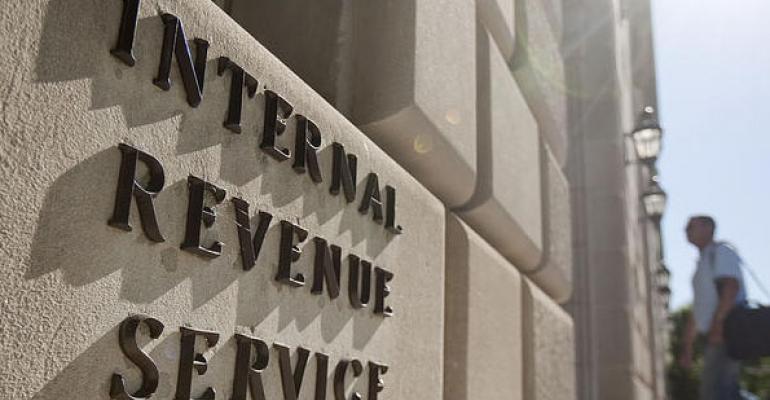(Bloomberg) -- Companies offering 401(k) retirement plans are breathing a sigh of relief after the IRS pushed back the deadline for a change that will essentially strip high earners of a tax break.
The Secure 2.0 Act, passed late last year, originally mandated that if 401(k) plans allow older workers to make “catch-up” contributions they must ensure those earning more than $145,000 use an after-tax Roth for their contributions — rather than a traditional pre-tax 401(k) — starting in 2024. But now, companies will have until 2026 before the change takes effect, allowing firms time to adjust to the Biden administration’s package of reforms.
For many employers, the change has presented a logistical nightmare, especially for those not already offering Roth accounts, which are funded with after-tax dollars that can grow and be withdrawn tax-free. At Empower, one of the largest US retirement plan providers, roughly 18,000 of the company’s 80,000 clients do not currently offer a Roth 401(k), said Edmund Murphy, Empower’s chief executive officer.
Many smaller companies would have struggled to meet the original Dec. 31 deadline in order for employees to continue making “catch-up” contributions, which were capped at $7,500 in 2023.
“We were absolutely hearing that they would not offer catch-up contributions without this additional breathing room,” said Rachel Weker, a senior retirement strategist at T. Rowe Price. There may be additional costs to consider, with some experts speculating the changes could be treated as an extra feature plan recordkeepers and payroll providers could charge for.
With the delay, however, employees will have a couple more years to make contributions to their standard 401(k)s. With a pre-tax 401(k), money grows tax free, and the tax is paid when a withdrawal is made later in life.
Having a mix of tax-deferred and after-tax accounts gives a retiree flexibility when drawing down money and trying to manage taxes, said David Stinnett, head of strategic retirement consulting at Vanguard. While many people assume they’ll be in a lower bracket in retirement, “contributing pre-tax and to a Roth in a given year is not a bad thing because no one really knows what their circumstances will be in retirement,” Stinnett said.
To contact the author of this story:
Suzanne Woolley in New York at [email protected]





